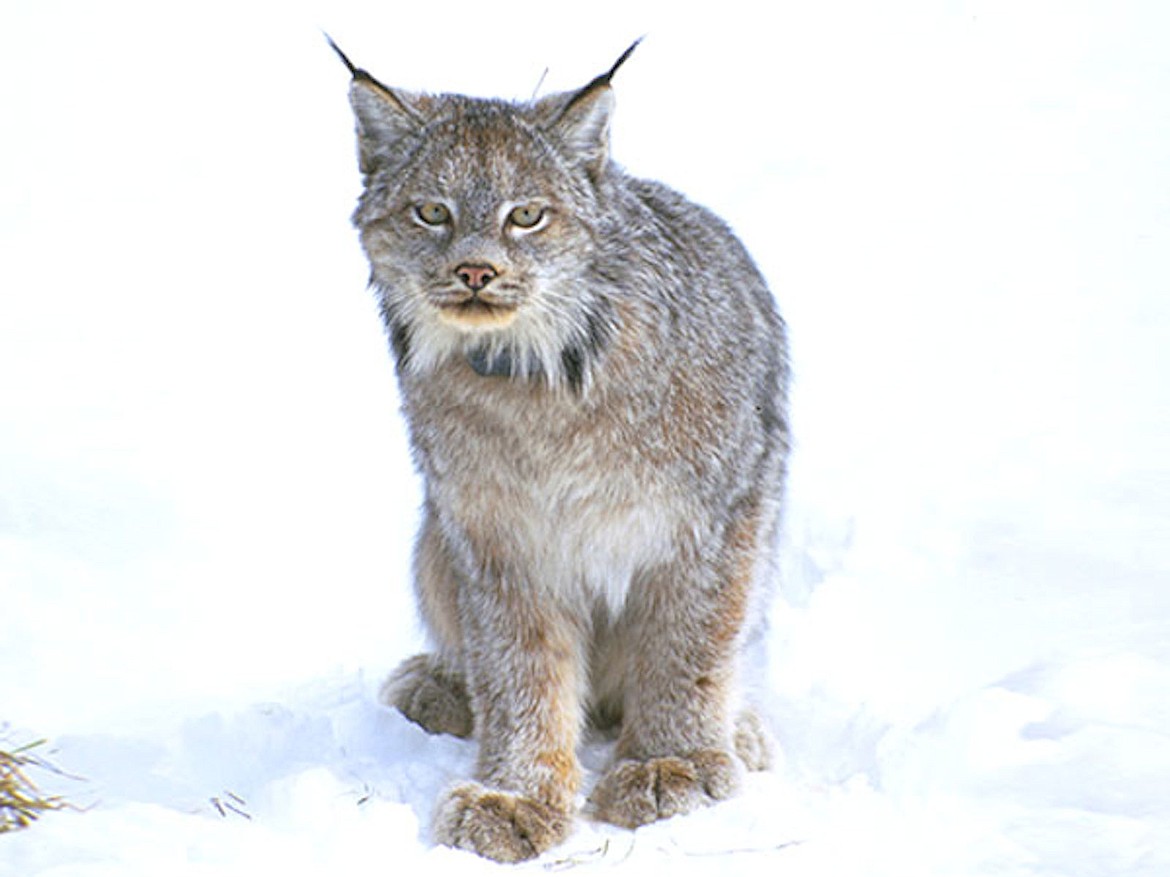Canada lynx recovered in lower 48
SANDPOINT — The U.S. Fish & Wildlife Service announced Thursday that it is scaling back protections for Canada lynx.
The agency said it would begin drafting a rule to revoke the lynx’s threatened species status, which has been in place since 2000.
Fish & Wildlife officials said the move follows an extensive review of the best scientific information and nearly 20 years of species conservation work for the snow-loving cats.
“As a result of this status review, the service will begin development of a proposed rule to delist the species,” the agency said in a news release.
The Idaho Conservation League declined to comment on the development on Thursday.
The Western Environmental Law Center assailed Fish & Wildlife’s decision on Thursday. The group said stripping protections is extremely risky for the survival of Canada lynx in the contiguous U.S. in the face of ongoing and emerging threats.
“This move by one of the most anti-wildlife, anti-science, climate-denying administrations in American history shows a vicious indifference toward this iconic North American big cat’s continued existence in the lower 48 states,” the center said in a news release.
The Canada lynx was listed as threatened in 2000 largely due to a lack of regulatory mechanisms on federal public lands, which is where a majority of the habitat for Canada lynx was believed to be located in the lower 48 states. Since receiving Endangered Species Act protection, federal land managers throughout the lynx’s range have formally amended their management plans and implemented conservation measures to conserve the species, according to Fish & Wildlife.
The agency noted that all U.S. Forest Service land management in the Rocky Mountain region have been amended to include conservation measures for the Canada lynx.
A cousin of the more common bobcat, the Canada lynx is similar in size but can be distinguished by its black-tipped tail, long tufts of black hair at the tips of its ears, and long legs with large, furry paws for hunting snowshoe hares in deep snow. In the contiguous U.S., Canada lynx populations are found in Maine, northeastern Minnesota, northwestern Montana, northeastern Idaho, north-central Washington and western Colorado.
Keith Kinnaird can be reached by email at kkinnaird@bonnercountydailybee.com and follow him on Twitter @KeithDailyBee.

